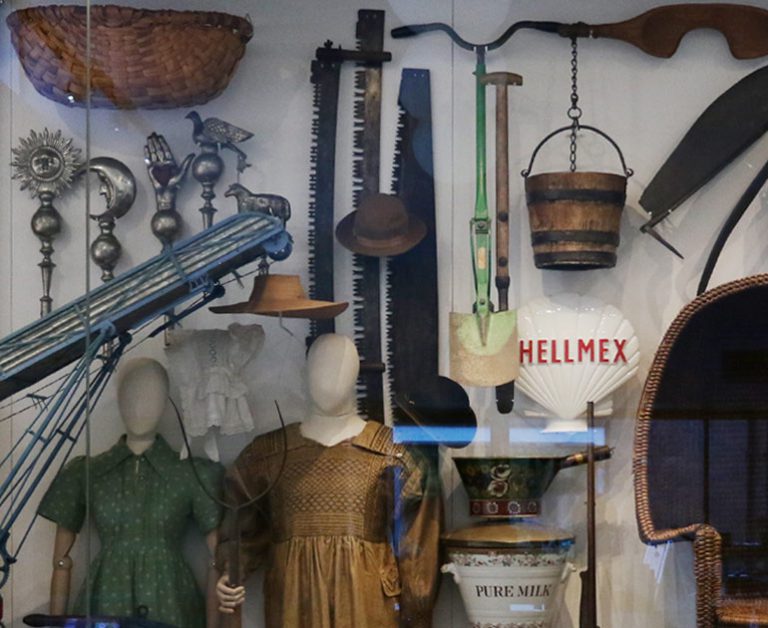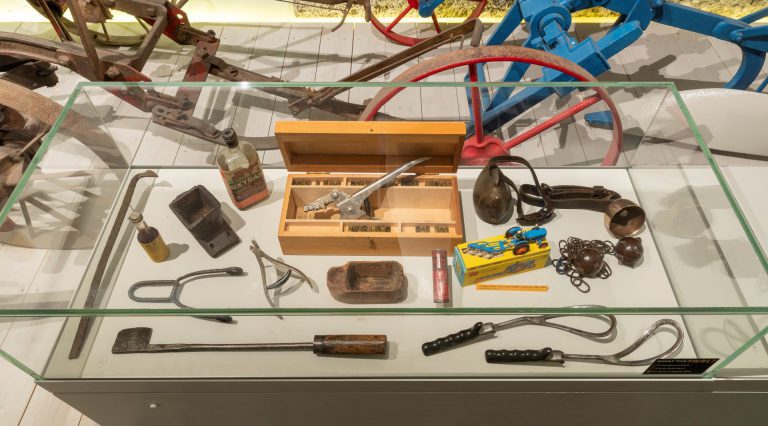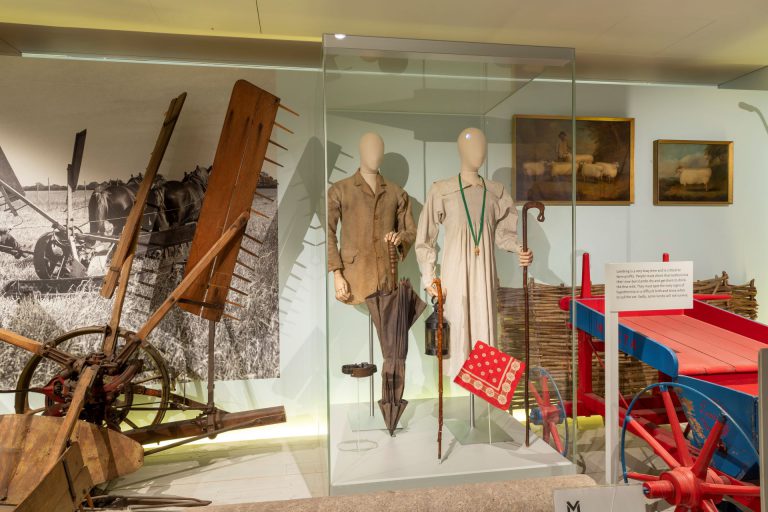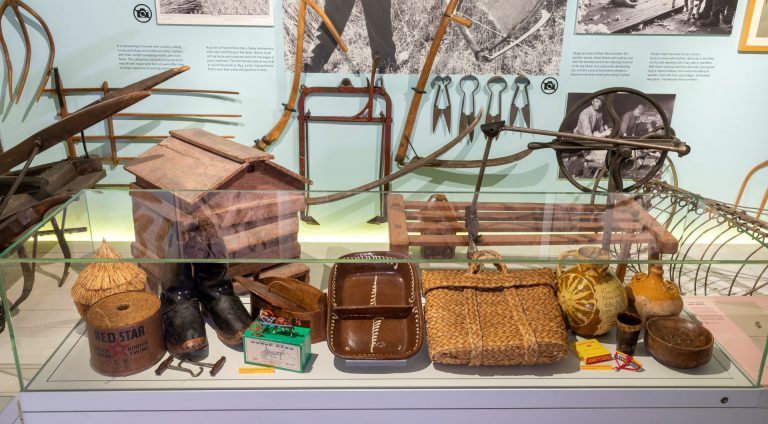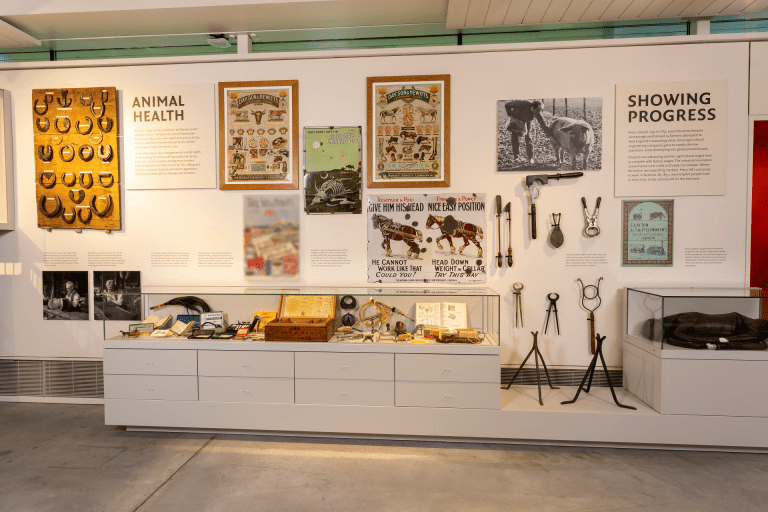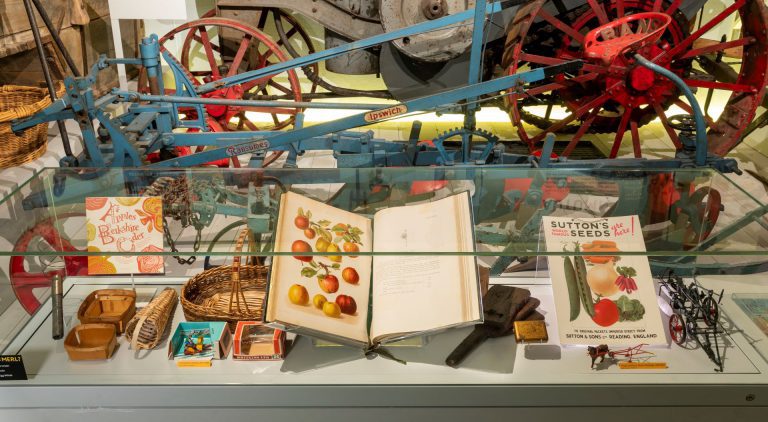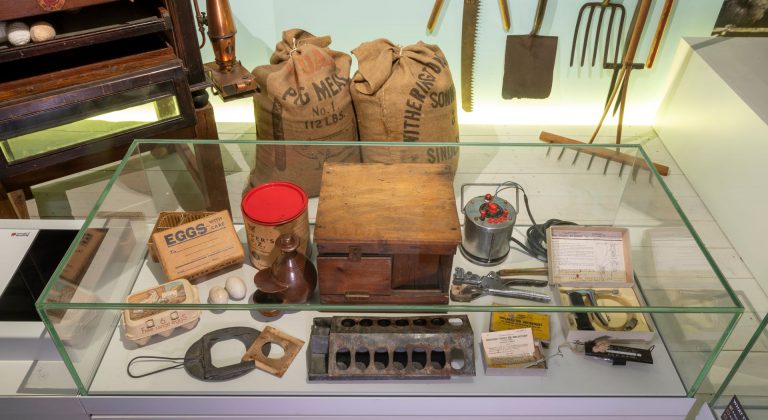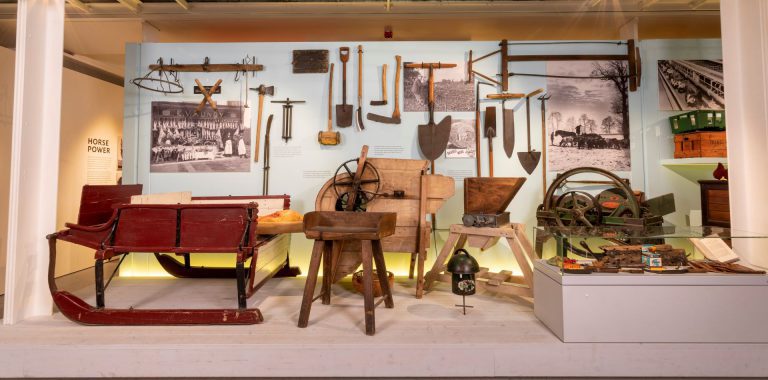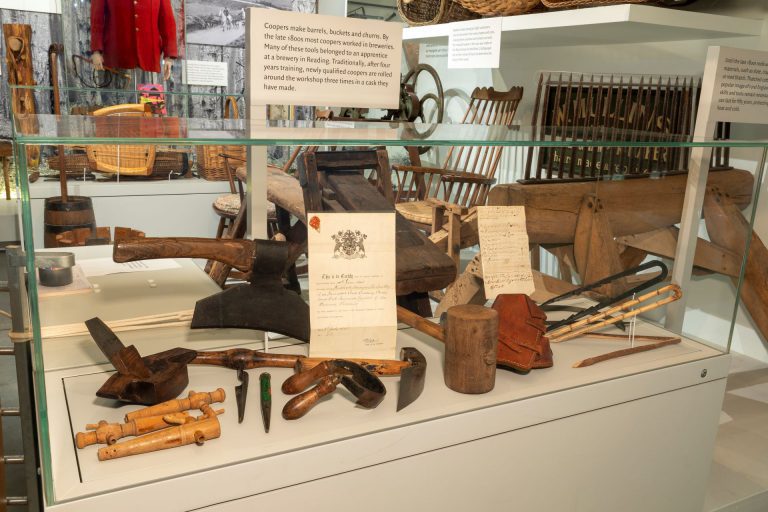Superstition and folklore object trail
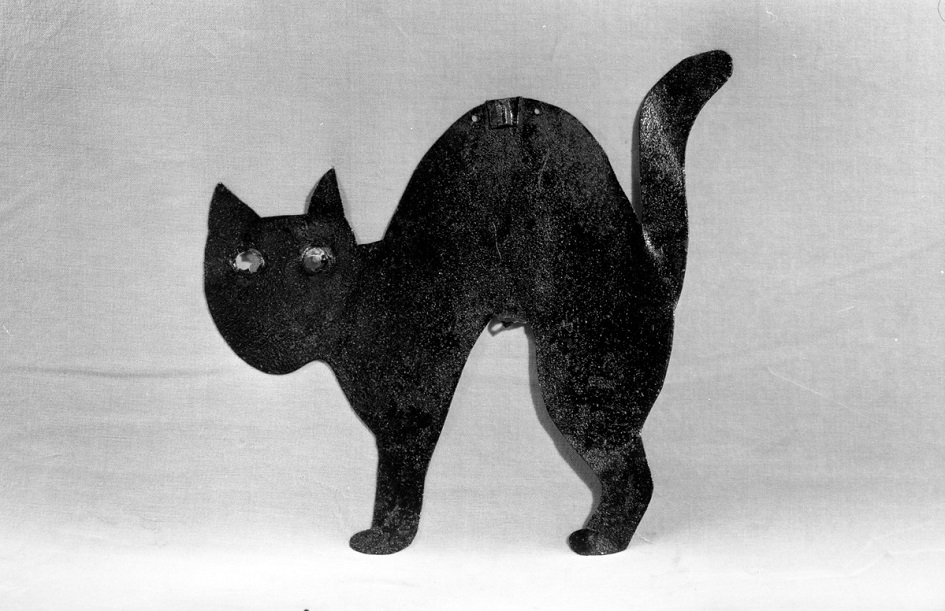
In rural communities of the past, people’s lives depended on bountiful harvests and healthy livestock. They would, therefore, be vigilant for any signs of looming disaster. When things did sour, the people lacked the viewpoint of modern science to determine cause. Instead, they would place blame at the door of the evil eye, of witchcraft and devils, of envious fairies, knots of eels, and even mildly offended bees.
Explore the themes of superstition and folklore throughout the MERL galleries here:
